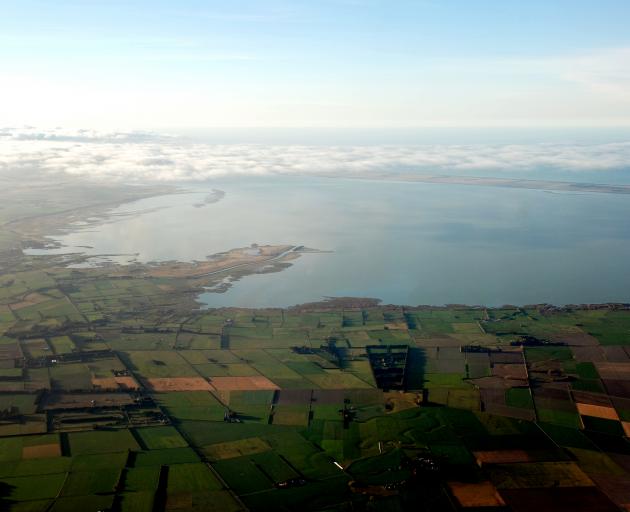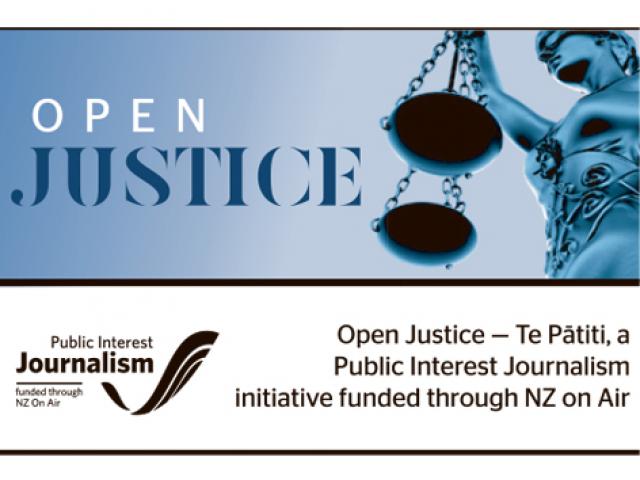
Ram Prakash Srikumar crashed a Cessna 172 plane into the dry lakebed of Lake Ellesmere during a training flight on November 21, 2019. His body was pulled from the wreckage the following day.

Srikumar, a 23-year-old Indian national, was in New Zealand on a student visa, studying to become a commercial pilot at the International Aviation Academy of New Zealand, based at Christchurch Airport.
He held a valid private pilot licence and had a current requisite medical certificate to fly.
At 7.25am on the day of the crash, Srikumar arrived at the academy to take a flight test as part of his commercial pilot licence training.
He completed it, which meant he could navigate a long-distance flight and progress to solo night flights, and then left the academy around 1.30pm.
Around 4.30pm, Srikumar returned to book a Cessna 172 light plane for a two-hour solo flight as part of his private licence requirements.
He booked the flight for 9.15pm and flew to the Selwyn training area, which included Lake Ellesmere. He completed a solo pre-signout checklist declaration, including that he was "fit to fly" before he left.
Srikumar’s total flying experience, including his last flight, was 206.6 hours.
His aircraft was equipped with a tracking transmitter and was set to transmit every 10 seconds.
The aircraft took off from Christchurch Aerodrome at 9.42pm and arrived at Lake Ellesmere to make several right and left turns.
Tracking information showed the first five turns were made at angles greater than the academy’s night flying procedures recommended.
Srikumar flew to the south end of Lake Ellesmere and made another wide left turn back to the northern end of the lake. He then began a wide right turn towards the east. As soon as this right turn began, the aircraft began to lose height and impacted on a sandspit.
According to Coroner Sue Johnson’s findings, the direct cause of Srikumar’s death was "very high energy impact injuries to head, chest, abdomen and limbs".
Her report included findings from an investigation carried out by the Civil Aviation Authority (CAA) undertaken to identify any contributing factors to the crash.
The CAA found the final (right) turn was conducted away from the bright lights of Christchurch city towards the relative darkness of the Akaroa peninsula and Pacific Ocean in the east.
"There would be very few significant visual lighting clues for the student to reference during the latter stages of this turn," the report stated.
"The absence of visual references can contribute to the onset of visual and sensory illusions. Sensory illusions caused by fluid movement in the ear’s vestibular canal can be overwhelming."
The report stated illusions could occur regardless of a pilot’s experience or the aircraft’s instrument panel design.
The CAA also found no evidence that Srikumar had recognised what was happening or took any action to correct it and noted he had completed his commercial pilot licence cross-country test that same morning.
"Examination situations are generally considered more stressful and require more mental demand than a training flight. It’s likely that at the time of the night flight, [Srikumar] was suffering a level of fatigue from the long duty day and the earlier flight test.
"Fatigue can lead to the failure of pilots to recognise a rapidly changing environment, and it can slow and degrade a pilot’s decision-making response times."
The CAA also found it was not possible to know whether a factor in the crash was that Srikumar’s aircraft was equipped with a conventional analogue cockpit display. His previous night flights had been in an aircraft with a glass cockpit electronic display of instrument information.
However, the academy now requires that all single-engine night flight training be carried out in a glass cockpit-fitted aircraft.
The report showed there were no issues with the aircraft and no mechanical or flight control system failure that may have contributed to the crash. The weather was also not a factor.
The CAA investigation found that the academy followed its policies and operations manual procedure and civil aviation rules at the time of the crash.
After Srikumar’s death, the academy further improved pilot safety by implementing requirements for students or instructors not to be rostered to fly on the morning of the same day they had a night flight booked.
Students or instructors must also have a continuous 10-hour stand-down rest period between duties, and, following any exam or flight test, a student cannot undertake any further flying activity that same day, regardless of the outcome.
As police concluded there were no suspicious circumstances around Srikumar’s death and the academy had introduced more rules around pilot safety, Coroner Johnson was satisfied an inquiry into Srikumar’s death was not necessary.
- Emily Moorhouse, Open Justice reporter













